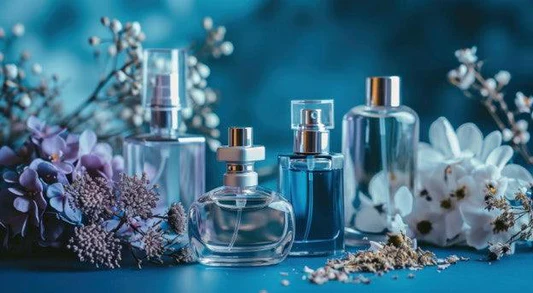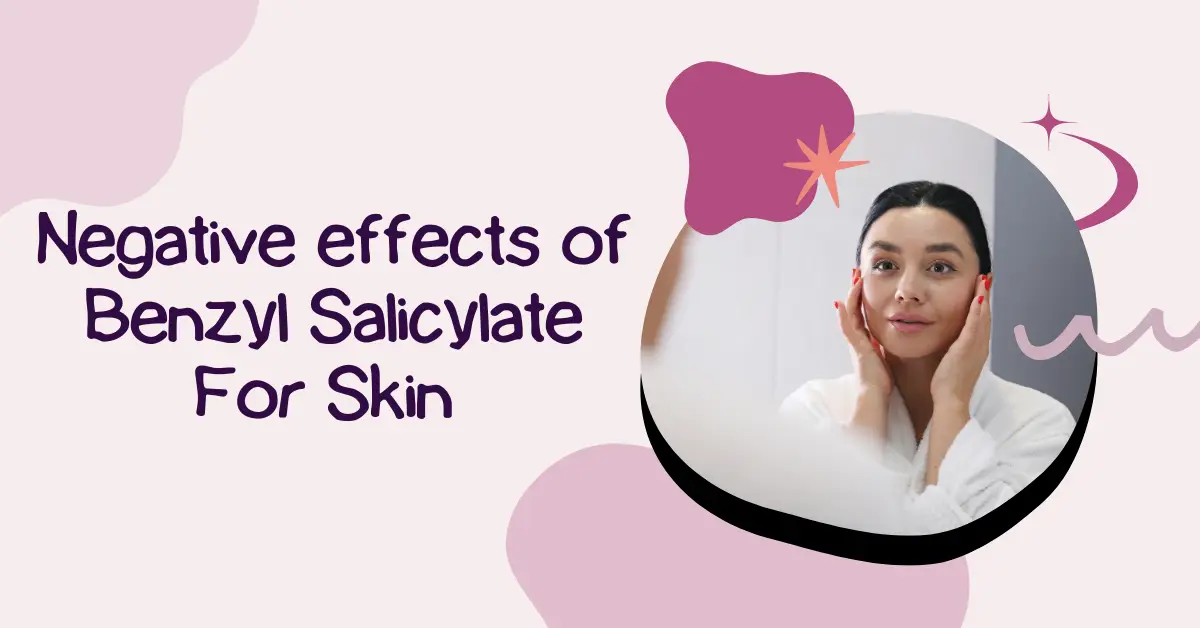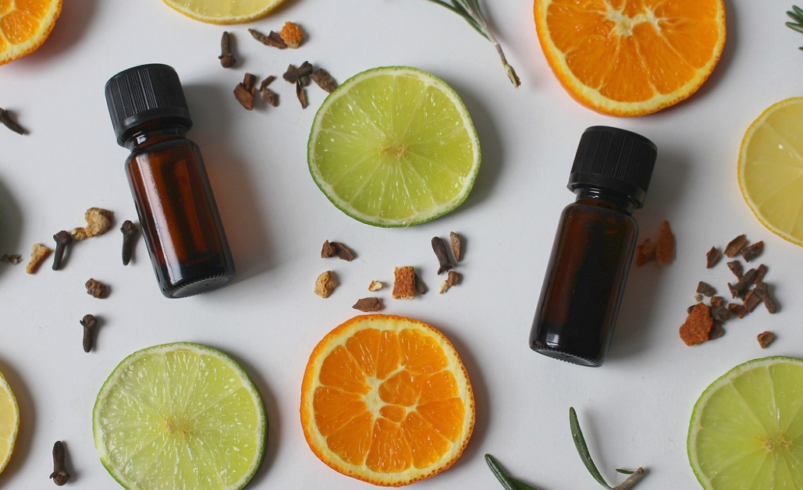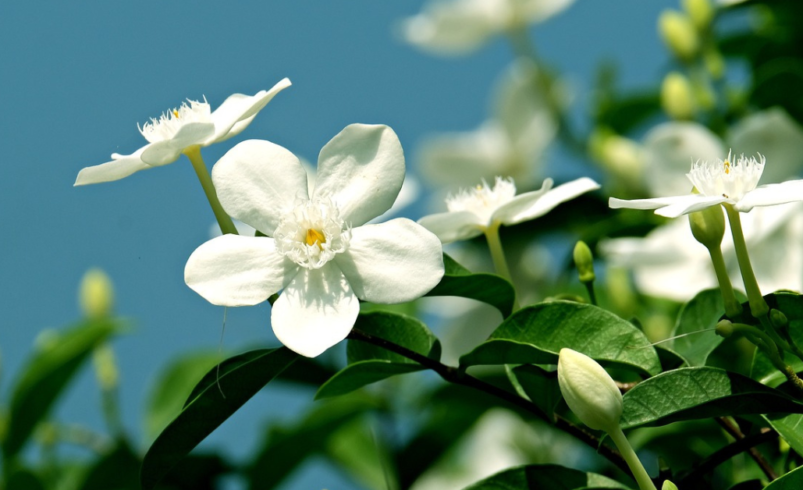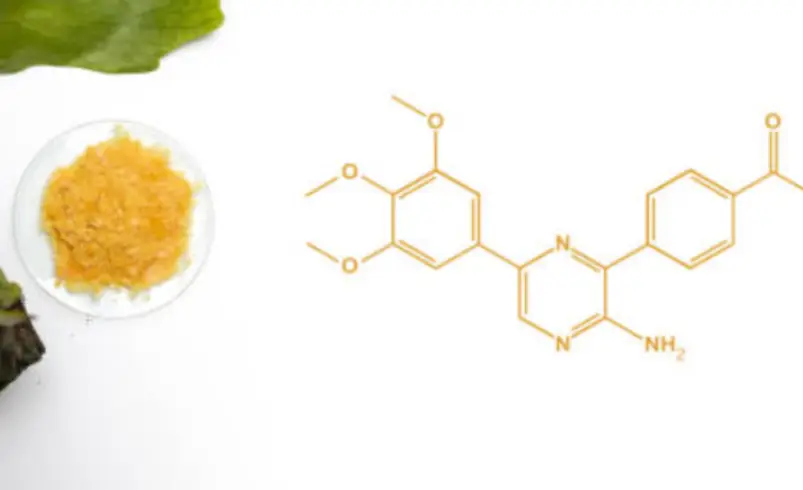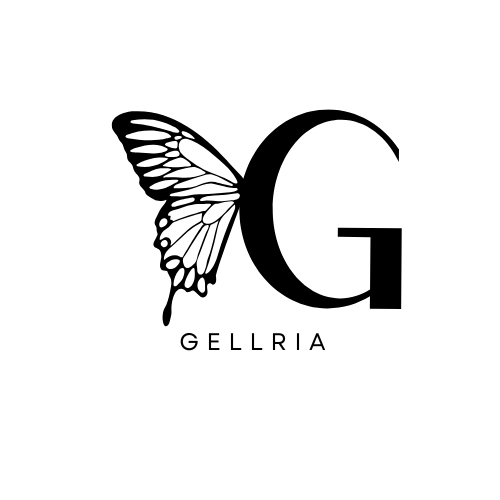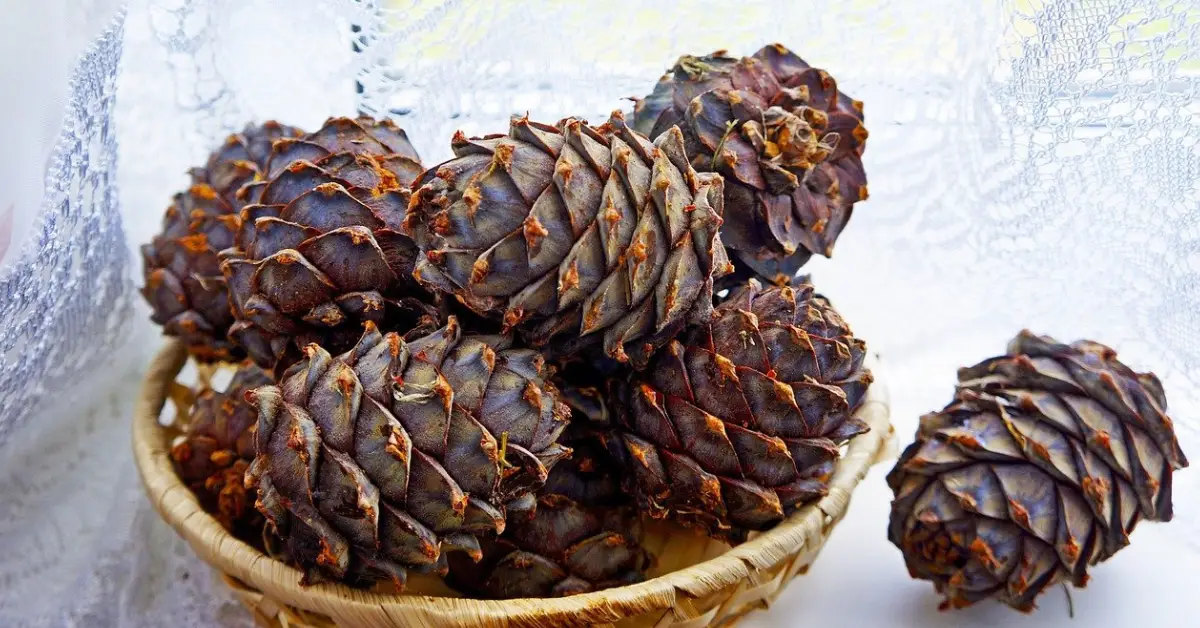What Is Petitgrain?
The bitter orange tree’s (Citrus aurantium) leaves and twigs are used to make the essential oil known as petitgrain. Using steam distillation, This bitter orange tree’s leaves, twigs, and occasionally tiny, immature fruits are used to extract the petitgrain.
Thank you for reading this post, don't forget to share!

Currently grown in many tropical and Mediterranean countries, it was first produced in France and Paraguay. The little, unripe fruits that were originally utilized in the distillation process are referred to as “petitgrain,” which means “little grain” in French.
petitgrain includes hints of citrus, Fresh, green, woodsy, and somewhat floral. Orange blossom (neroli) oil, which is extracted from the tree’s blooms, is more herbaceous and less sweet.
It is used in aromatherapy and perfumes because it has calming properties and supports overall well-being.
Table: Petitgrain Essential Oil Facts
| Feature |
Details |
| Botanical Name |
Citrus aurantium var. amara |
| Main Sources |
Paraguay, France, Italy, Tunisia |
| Extraction |
Steam distillation of leaves and twigs |
| Aroma |
Fresh, woody, citrusy, with floral hints |
| Uses |
Aromatherapy, skincare, perfumes, relaxation |
| Blends With |
Lavender, bergamot, sandalwood, geranium |
| Safety |
Generally safe; avoid direct pet exposure |
| Reference |
Wikipedia – Petitgrain |
How Petitgrain Essential Oil Is Made
Producers extract petitgrain essential oil through steam distillation. They collect fresh leaves and branches from the bitter orange tree. The plant material goes through steam, releasing its aromatic compounds. The steam cools down, forming oil and water. The oil separates for use.
-
Cultivation & Harvesting
- The bitter orange tree, which grows well in tropical and Mediterranean regions, is the source of petitgrain oil.
- France, Italy, and Paraguay are frequently the suppliers of the highest quality petitgrain oil.
- Farmers selectively prune the tree’s branches and collect fresh leaves and twigs, ensuring a sustainable harvest.
- Some producers also include small unripe fruits, although this is less common in modern distillation.
-
Steam Distillation Process
Once harvested, the plant material undergoes steam distillation to extract the essential oil:
- Step 1: Preparation: After being cleaned, the leaves and twigs are put in a sizable distillation chamber.
- Step 2: the injection of steam, which opens the oil glands and releases volatile aromatic chemicals in the plant material.
- Step 3: Condensation & Cooling – The steam containing the essential oil cools and becomes a liquid mixture of oil and water.
- Step 4: Separation: The lighter petitgrain essential oil floats to the top while the residual water (hydrosol) is drained because the oil and water do not mix.
Petitgrain Hydrosol: A softer substitute for essential oils, petitgrain hydrosol is made from the water left over after distillation and is frequently used in skincare and aromatherapy.
-
Filtration & Quality Control
- After the extracted oil has been filtered to get rid of any contaminants, it is examined for purity and chemical makeup to make sure it satisfies industrial requirements.
- To maintain its freshness, the oil is bottled and kept in opaque glass containers after approval.
4. Yield & Sustainability
- Sustainable harvesting and pruning methods assist preserve the health of bitter orange trees for long-term production
- petitgrain oil yield is comparatively poor, requiring a lot of plant material to produce little amounts of oil.
What Does Petitgrain Smell Like?
Petitgrain has a fresh, citrusy scent with woody and floral hints. It differs from sweet orange or neroli. The aroma combines earthiness and slight bitterness. This makes it a good choice for perfumes and diffusers. Its scent is refreshing and grounding at the same time.
Scent Profile of Petitgrain:
- Fresh & Green – Like crushed leaves or freshly cut herbs.
- Woody & Earthy – Has a mild bark-like depth from the twigs.
- Floral & Sweet – A delicate, soft floral touch (less intense than neroli).
- Citrussy and Mildly Bitter: Not too sweet, with hints of orange and lemon peel.
What Is Petitgrain Essential Oil Used For?
- Aromatherapy for Relaxation
People use petitgrain to reduce stress and boost mood. It creates a calming environment and helps balance emotions. Diffusing it in a room promotes relaxation. It is effective for emotional well-being.
How to Use in Aromatherapy:
- Diffuse a few drops in a diffuser for a relaxing atmosphere.
- Add to a massage oil blend for stress relief.
- Apply diluted on pulse points for an uplifting effect.
- Skincare Benefits
- Helps manage acne with antibacterial properties.
- Balances oil production in the skin.
- Improves complexion and reduces blemishes.
How to Use in Skincare:
- Add a drop to your moisturizer for oil control.
- Mix with witch hazel as a natural toner.
- Combine with carrier oils for a soothing facial serum.
- Haircare
- Controls the Production of Scalp Oil: Assists in restoring equilibrium to an oily or dry scalp.
Promotes a Healthy Scalp: Lessens inflammation and itching.
Enhances the Aroma of Hair Products It functions as a natural deodorant.
How to Use in Haircare:
- To revitalise the scalp, mix a few drops into your shampoo.
• For a scalp massage, blend with coconut oil or jojoba.
- Better Sleep
Diffusing petitgrain before bedtime promotes restful sleep. It soothes the nervous system. This makes it useful for people with sleep issues.
- Natural Deodorant
Petitgrain fights bacteria that cause body odor. It works well in deodorants and body sprays. Also used in Perfumery & Natural Fragrances
- Middle Note in Perfumery – Used in classic Eau de Cologne formulas.
- Blends Well with Citrus & Herbal Oils – Complements lavender, bergamot, and sandalwood.
- Natural Deodorizer – Used in body sprays and room mists.
How to Use in Perfumery:
- Blend into DIY cologne or perfume with other citrus or floral notes.
- Add to linen sprays for a fresh, calming scent.
- Digestive Support
Applying diluted petitgrain oil on the abdomen helps digestion. It may ease bloating and discomfort.
How to Use in Remedies:
- Mix into a warm compress for muscle relief.
- Inhale directly from the bottle for an instant calming effect.
- Household Uses
- Natural Air Freshener – Eliminates odors and freshens indoor spaces.
- DIY Cleaning Products – Works as an antibacterial and deodorizing agent.
- Linen & Pillow Sprays – Promotes relaxation and restful sleep.
How to Use in the Home:
- Mix with baking soda for a natural carpet deodorizer.
- Add to vinegar-based cleaners for an uplifting scent.
How to Use Petitgrain Essential Oil
- Diffusion
- Add 5-6 drops to a diffuser for a fresh scent.
- Topical Application
- Mix with a carrier oil before applying to skin.
- Bath Soak
- Add 8-10 drops to Epsom salts for a relaxing bath.
- Massage Oil
- Combine with a carrier oil for a calming massage.
- DIY Room Spray
- Blend with water and witch hazel for a natural air freshener.
Is Petitgrain Essential Oil Safe for Dogs?
Petitgrain is safe in small amounts but needs caution. Some essential oils are harmful to pets. Always consult a vet before using around dogs. Ensure proper ventilation when diffusing near pets.
Aroma works Vetiver EO and Petitgrain Diffuser: A Perfect Blend
This diffuser mixes lavender’s soothing effects with petitgrain’s fresh, woody scent. It creates a calm environment. The blend supports relaxation, meditation, and better sleep. It’s a good choice for a peaceful atmosphere.
Safety Considerations
- Dilution: Always mix with a carrier oil for skin use.
- Allergy Test: Apply a small amount to test for irritation.
- Pregnancy & Children: Consult a doctor before use.
- Pets: Use with caution around animals.
Conclusion
Petitgrain essential oil is a valuable natural remedy. It offers relaxation, skincare benefits, and household applications. It is effective in promoting calmness and well-being. Use it safely to enjoy its benefits. Always follow proper guidelines when using it at home.





